Getting Around Greece

Still getting our ‘Greek On’ and enjoying the opportunity to sail and explore this lovely country. We had two more stops before leaving the Peloponesse Peninsular and both of these are worthy of a mention in our memoirs ie: the blog.
From Porto Cheli (or Kheli), every place is spelt at least three different ways depending on if you look at nautical charts, lonely planet books or google maps. As I was saying from Porto Cheli we attempted to sail north to the end of the bay about 20 nautical miles to visit Navplion (or Nafplion). I say attempted as the forecast was for 8 knots of wind a little off our nose enabling us to sail with a few tacks up the bay but we ended up motoring into what was eventually 20 knots of wind right on our nose. A real slog. Anyway we made it there and set about exploring what used to be the capital of Greece prior to Athens. It has three worthy attractions, firstly the town is really quaint and beautiful, secondly it has a castle on an island at the harbour entrance, and thirdly its has a massive fortress at the top of a rock.
The 999 steps up to the Fortress of Palamidi at a height of 216 meters was built at the end of the second period of Venetian role (1711-1715) however it was conquered by the Turks before completion, and came into the Greek possession in 1822 when 350 elite trips invaded the fortress forcing the Turkish garrison to surrender without a fight. It then was the capital of Greece between 1823 – 1834. Following the liberation of Greece it was used as a prison for those condemned to life sentences and death between 1840-1920. We can confirm walking up and then down the 999 steps makes your legs wobble like jelly afterwards. These days, the town is known as one of the most beautiful towns in the Peloponnese as well as one of the most romantic cities in all of Greece.
Our next anchorage was Ermioni in order to visit the island of Hydra (or Idra). We had done our research which included warnings over taking your private vessel (our yacht and home) to the island, the words that stuck in our minds were “do not go there without up to date, full coverage boat insurance”. Hence our decision to anchor at Ermioni and catch the €6 ferry (30 minute trip) to the island.
We did this with our great mates from Caffe Latte making a day out of it. Hydra is a big draw card for tourists. There are no cars or vehicles on the island, access to all the houses, hotels and buildings is up steps (lots of steps) on your own two legs, via donkey, or in some unique cases the odd motorbike.
There is a very small, very busy harbour which has way too many vessels, it houses a fishing fleet, local boats, water taxis, ferries, luxury motor boats and private yachts all trying to find a space to tie up, resulting in absolute chaos. Whilst it was at times entertaining to watch, it became a bit too stressful for myself. Boats trying to drop their anchor and tie their sterns to the wall with not enough room for either and with a 100% chance of dropping anchor over someone else’s, and boats moored 3-5 deep meaning they were tied off to the wall 3 boats out and still had to dinghy to shore!!!
The harbour is surrounded by restaurants and tourist shops and lots and lots of people, we hadn’t seen that many people for what seemed liked years (definitely pre covid). We walked the back streets away from the craziness (up lots of steps) and even found Lenard Cohens old holiday home. We enjoyed a great meal at a little cafe (again a few streets back from the craziness), before again being mesmerised into watching the chaos in the harbour for another hour before catching the hydrofoil ferry back to Red Roo. Hydra was an experience that is for sure, but give me a nice quiet anchorage and nature any day!
We were now leaving the Peloponnese (the southern island off the mainland) and venturing East to the Cyclades – the many small islands between Greece and Turkey in the Aegean Sea. We still have 6 weeks left on our Greek Cruising Permit which will allow us plenty of time to sail and explore the Cyclades and Crete before leaving for Turkey.
We had decided we wouldn’t travel any further north & east than we were, in order to save some islands for our return journey out of the Mediterranean when we hope to transit the Corinth Canal (currently closed due to land slides). Our plan was to start heading south through the islands. As soon as we made that decision the winds reminded us that Mother Nature is in charge, not us and we had a week of westerly winds, pushing us east, so we went east rather than south. Plans are made to be flexible right, and the upside of this was that Caffe Latte were going east so we would continue together (Sweetie had headed to Athens and will meet us again later in the year in Turkey).
Next was the island of Siros (or Syros) and the town of Ermoupoli which was a highlight for me as it had a self service laundry!! I know it is pretty lame to be excited but seriously doing laundry in a bucket with limited fresh water becomes old rather quickly and a laundromat is a real treat. Fresh sheets and clean clothes – almost human again!
Besides the laundry it also had a Lidl (our favourite supermarket) allowing us to stock up for the island hopping we were setting off to do. Now the essentials were taken care of, we had time to explore the town and what a delight it was. Actually probably one of my favourites so far. It is a harbour with a hill behind it (yes, MORE STEPS), but we had a great time walking up and around the tiny walking streets admiring true Greek homes on our way to the summit to the church. The streets and architecture was beautiful – as is the absence of cars. One would certainly get fit living here. We racked up 16 km going up and down the hill, to the supermarket and then back to do the laundry. A great productive day!
Our next adventure was the island and ruins of Delos. This took some logistics with the boat as there is only a very small anchorage and it is right beside the ferry route/channel and the wind was scheduled to increase in the late morning. So our plan was to anchor close by the night prior at a lovely sandy beach off Rinia and move early the next morning at 7am to arrive first at the anchorage to explore the Delos ruins, then get out before the wind and tourists turned up. We executed this well, we were first on the island and at the top of the hill when we saw the first ferry approach. Actually we heard him first, from a mile out he was honking his horn and cursing insistently as he passed Red Roo and Caffe Latte off the island. We asked the staff at Delos if we should leave and their reply was “he is a grumpy captain and always complains”. By 10am the tourists from the cruise ships in nearby Mykonos started rolling in on the ferries and to our distress another 3 boats were anchored close to us the anchorage which best fitted 2 – it was time to go (we didn’t want to be there when the grumpy ferry man returned with his second load). By the time we were back on the boat the wind was building and we had to get the other boats to move so we could pick up our anchor and we left. It was a good plan and we timed it all well. We got a good look at the island and the boats were safe.
Delos island is small and barren island 5km long and 1.3 km wide. The highest elevation is only 112 meters, and yes of course we climbed up to the top. The ruins of what was a famous religious sanctuary date back to 1400 BC (can you imagine that??). A large city of about 30,000 inhabitants grew on the island from 323 – 31 BC. The site was eventually destroyed by Mithridates King of Pontus. However due to the sheer size of the site, many relics remain and the Delos Museum has one of the most important collections for the history of ancient Greek sculpture, and unique collection of household items from the Hellenistic period, pottery, art pieces, mosaics and wall paintings.
Due to our early morning Delos visit (done with by 10:30) it meant we used the mid morning winds which had certainly built to sail the 10 nautical miles from Delos to the bottom of Mykonos Island. Our plan was to find a safe anchorage on the southern side of the island away from the mega yachts, jet ski’s and beach night clubs which are all close to Mykonos town, yet a place with a bus route which would take us to the town. We would be here a few days as the next Meltemi (high winds) were due in 2 days. This allowed us our day to explore the tourist capital which is Mykonos then hunker down on the boat when the winds came the next day/s.
We found the perfect bay at Kalo Livadi (south east of the island), where a 2 km walk would get us on the bus to town. Our day out in Mykonos was fantastic. Yes there were lots and lots of people, but the atmosphere was pleasant, the sun shining (always), the streets clean, buildings white and picture perfect – just like on the postcards and Greek tourism images, the bougainvillea’s flowering and there was ice-cream too!! We walked the waterfront known as Little Venice due to the buildings & balconies overlooking the water which splashes up onto the walkways at the restaurants, as well as the windmills on the hill overlooking the port. We explored the churches on the waterfront where there are 4 backing onto each other, basically sharing walls. Furthermore we read that there are over 1200 churches on the island, and the islands population is 12,500 – that’s 1 church for every 10 people!
As predicted the following day the wind arrived with force. It started late that night and continued all the following day. Which actually was a small win as we prefer the high winds during the day, when you can see everything rather than at night. We were in a good place to ride it out. We were 200 meters from the shore in about 6 meters of water so not a lot of opportunity for the waves to build up, enough roll to let us know were are on a boat in wind but nothing terrible, however the noise is always disturbing and of course there is little sleep to be had at all while it blows.
Once the wind stopped the swell rolled in meaning it was time for us to sail out. The northerly winds were welcome to take us 20 nautical miles south to the island of Naxos.
Naxos is the largest of the Cyclades islands (around 40km long and 30 km at its widest point) we therefore felt it was worthy of us taking a look deeper inside rather than just the harbour and surrounds. We arranged a hire car with Caffe Latte and set off the following day with a map and a long list of highlights to see. Some of our highlights were a little underwhelming and others truely magnificent. We soon learnt that Naxos island is the perfect island for anyone who enjoys hiking. Every place we stopped offered great trails from 30 mins to 5 hour hikes. Unfortunately our timing and schedule didn’t allow for us to do them, but hey, maybe next time.
The highlights included a visit to a Byzantine Church a 15 minute walk on the outskirts of a real authentic greek village. The church is absolutely beautiful, set amongst old olive trees, the walk to and from was also lovely, a carefully constructed stone path winding through the back streets, small farming lots was really pleasant.
We tasted Kitron, a liquor at a unique local distillery made from the leaves of a type of almost wild lemon ‘citrus medica’. The fruit itself is barely edible in its raw state but the leaves are used to make the spirit and the result was pleasant, we enjoyed the tasting and brought ourselves a bottle.
The drive included steep mountain ranges, some with dense green vegetation and others just barren rocky landscape. We stopped for lunch on the Eastern Side of the island at Moutsouna. It was the most idyllic lunch spot ever, with a tantalising seafood menu that made it hard to decide what to order. Moutsouna used to have an Emery mines up in the hills with a cable bucket system operating to bring the minerals down to the port for export. Emery is used as an abrasive for industry and sandpapers and also for non skid surfaces.
Marble is also found extensively on the island and many of the small town paths are paved in marble. Many of the towns are built on the steep hillsides and have a car park either at the top or bottom of town and access to the village and homes is purely by foot (or donkey). Have I mentioned all the steps in Greece??
We stopped at the statue of “Kouros of Apollonas” which is a 10.7 meters tall unfinished marble statue weighing 80 tonnes. This statue is laying down and it is believed to have been abandoned due to a fatal flaw (crack) which meant it would never stand without breaking.
Our observations have led us to believe that if there is a small steep island or an inaccessible rocky outlet then the Greeks have built a church on it. Not only that every town has multiple churches often at least one on every block, or if you stand on the steps of one church you are most certainly going to be able to see the cross of another one close by. They are all small (very small compared to the lavish churches in England and other European Countries), all very local, and very loved by their members. We have been more impressed by these small sincere places of worship, than by the bigger richer establishments previously seen elsewhere.

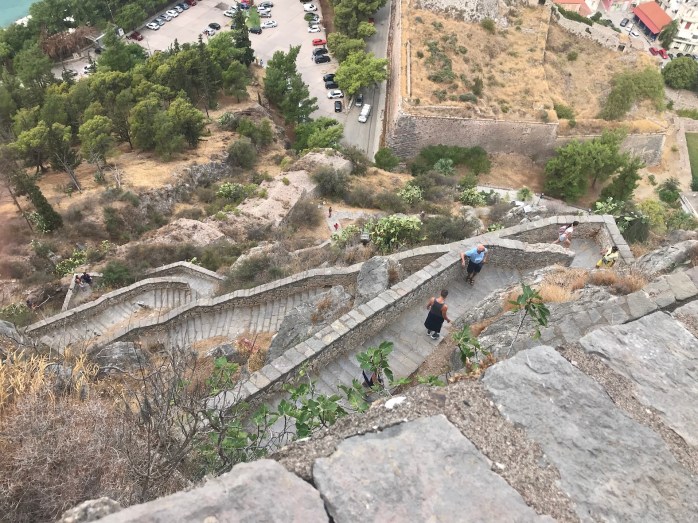
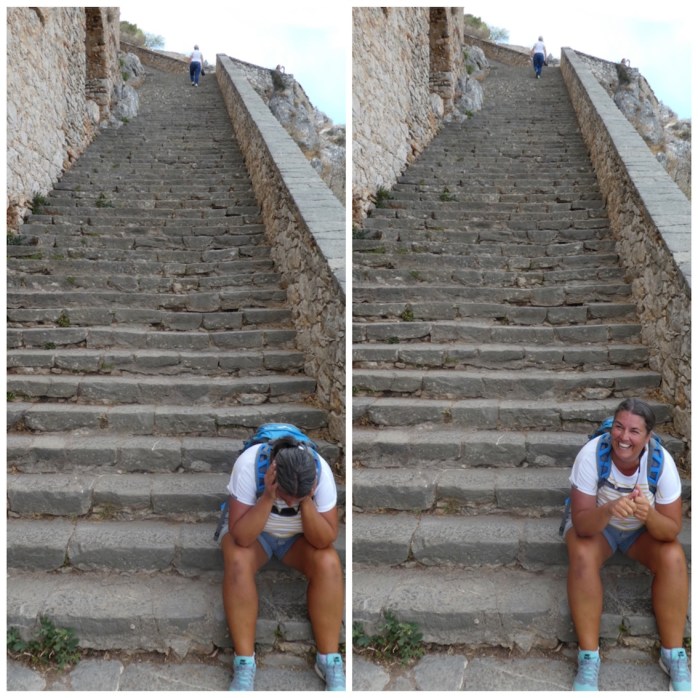

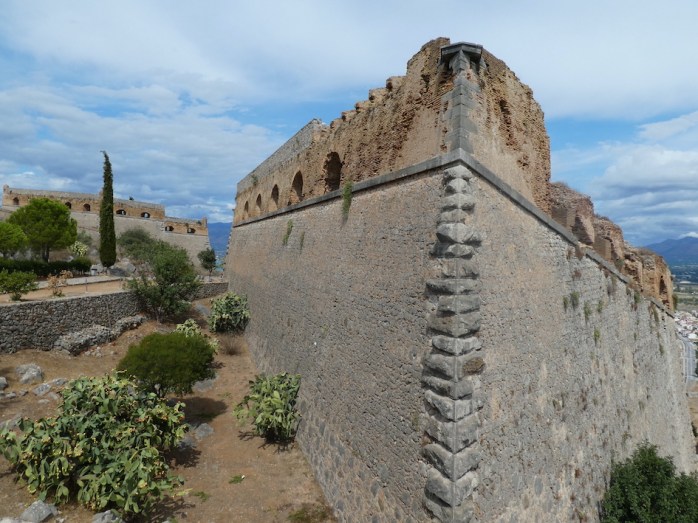
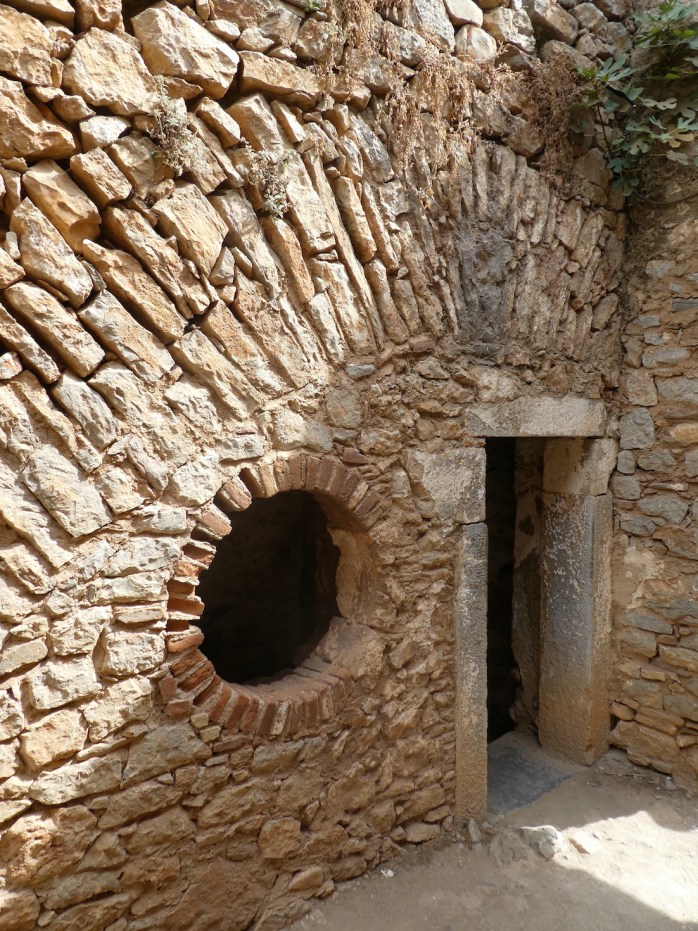
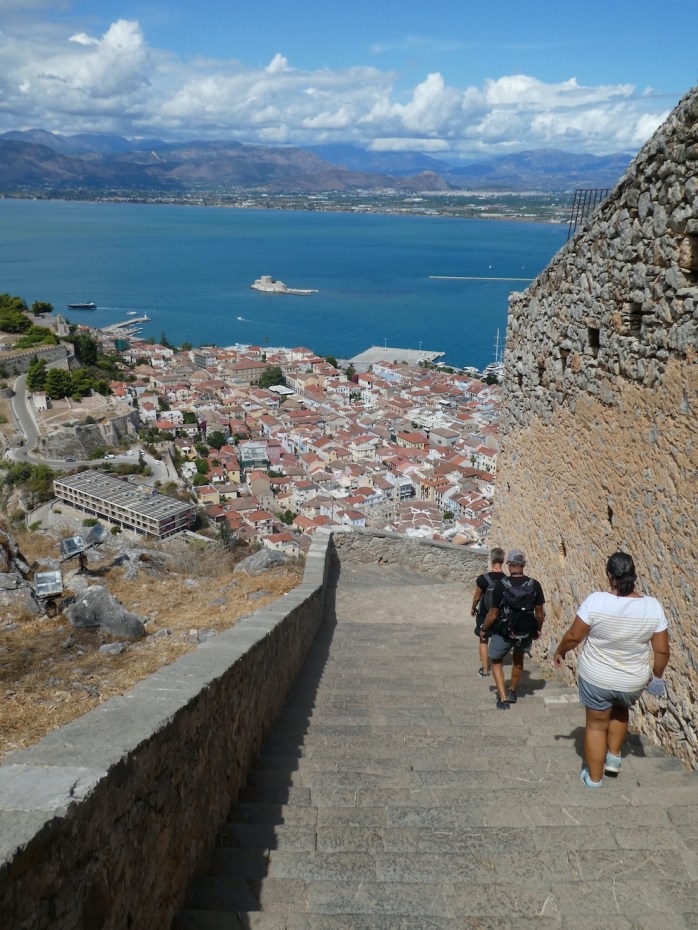
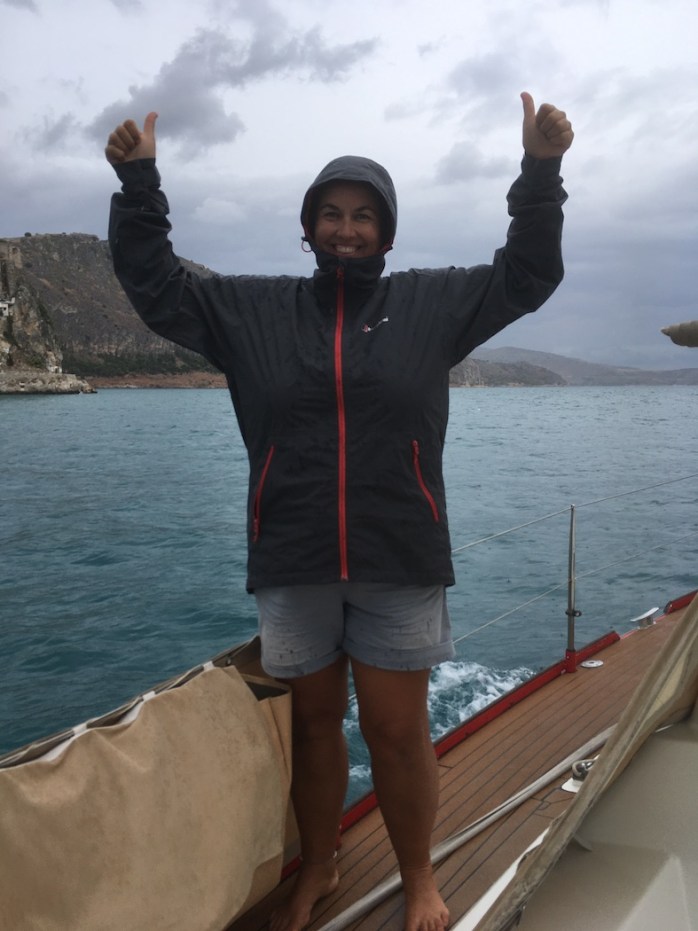

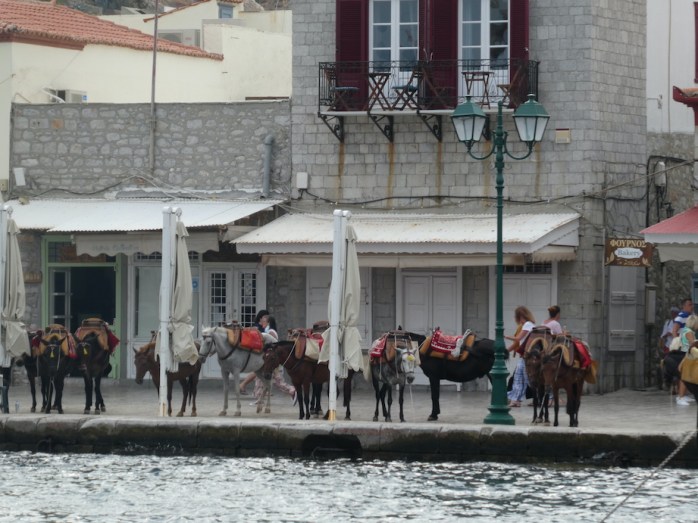
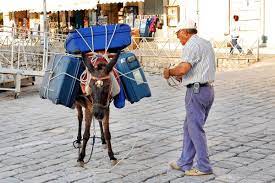



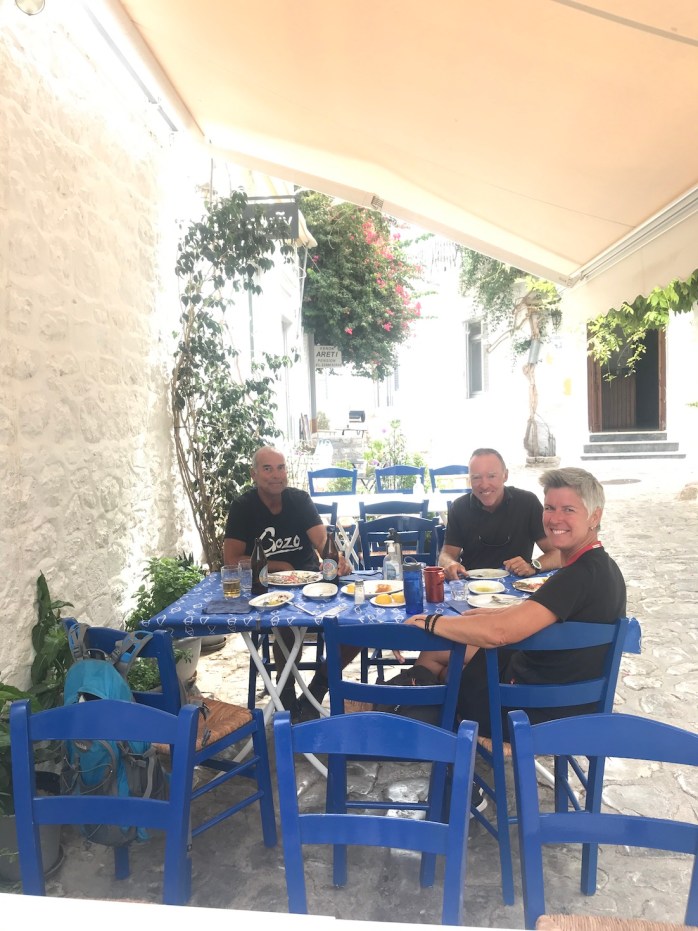
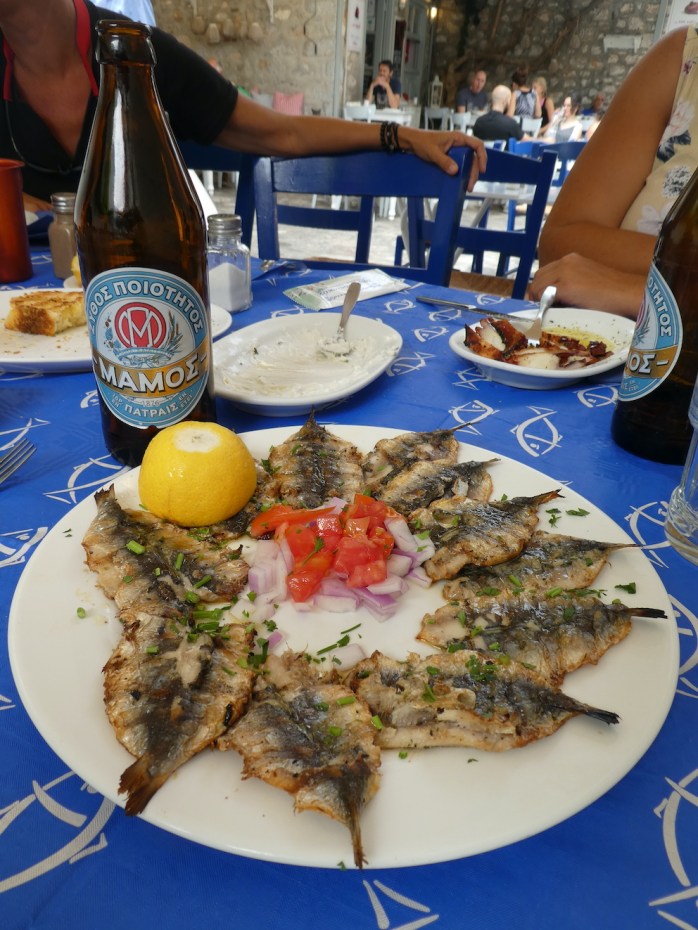
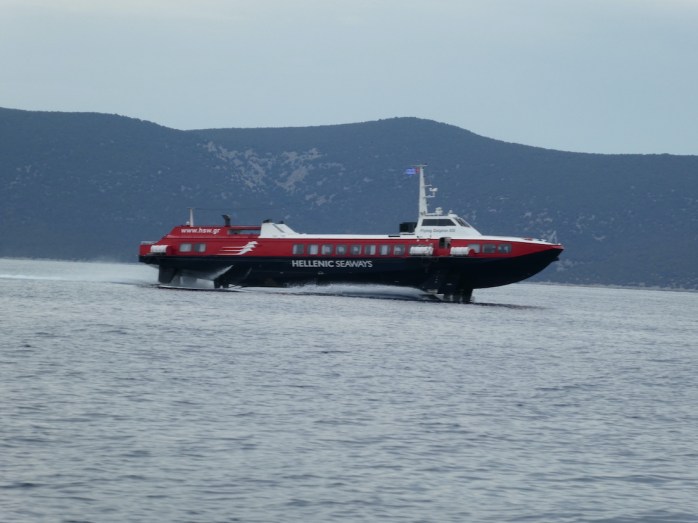


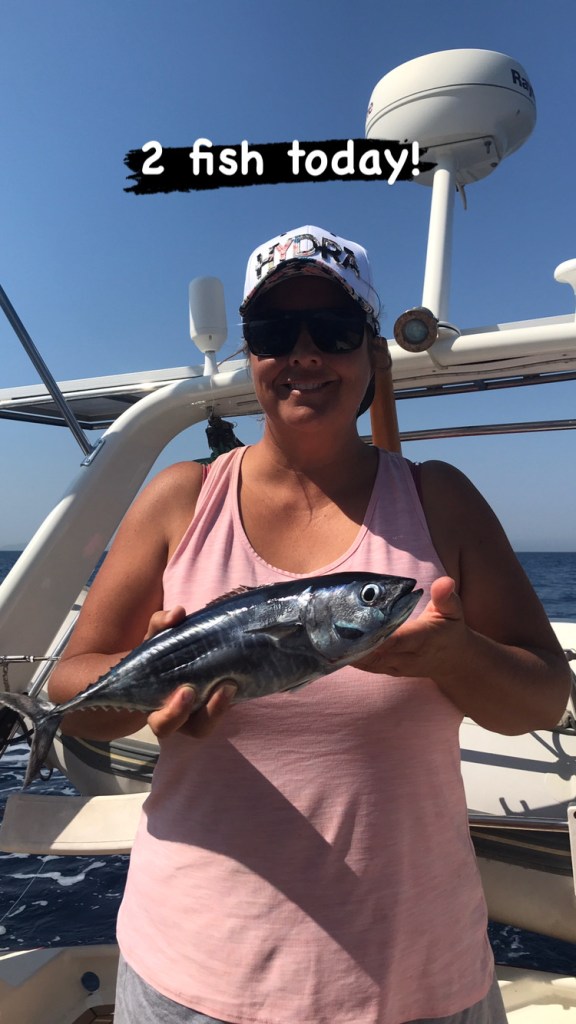



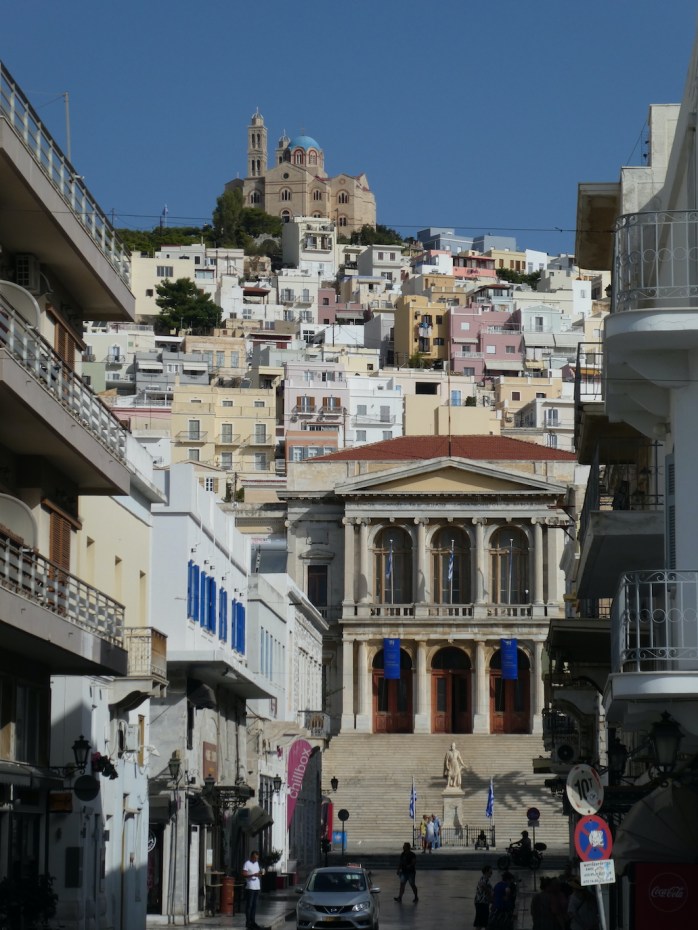

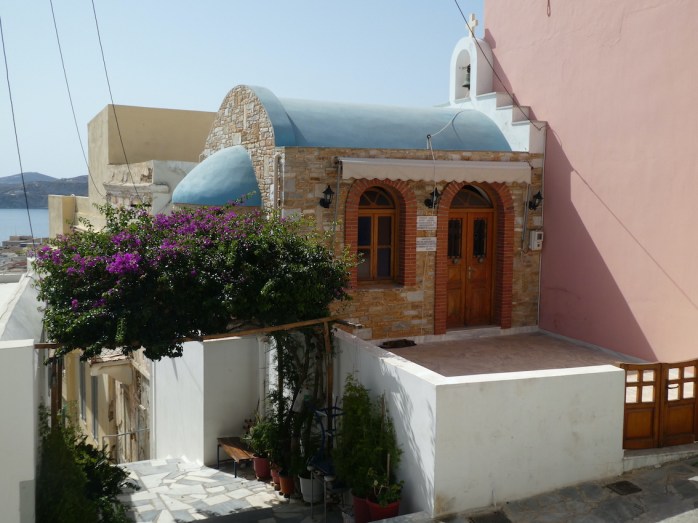

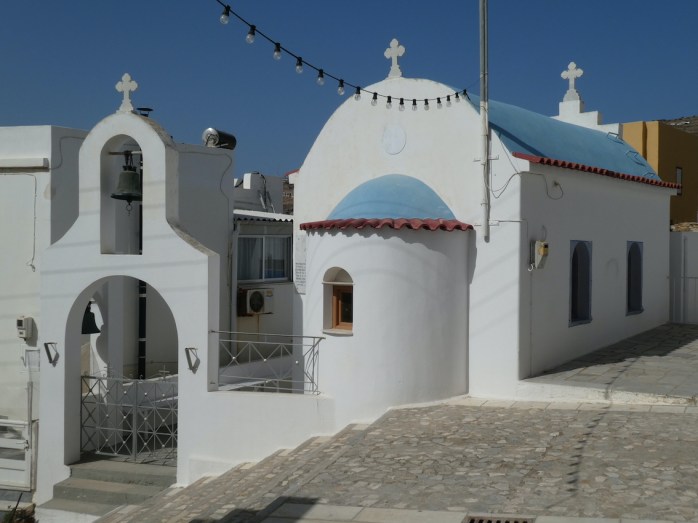
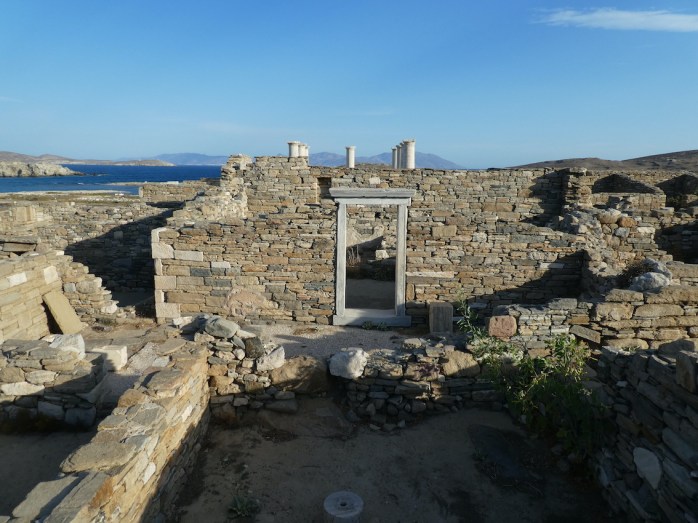
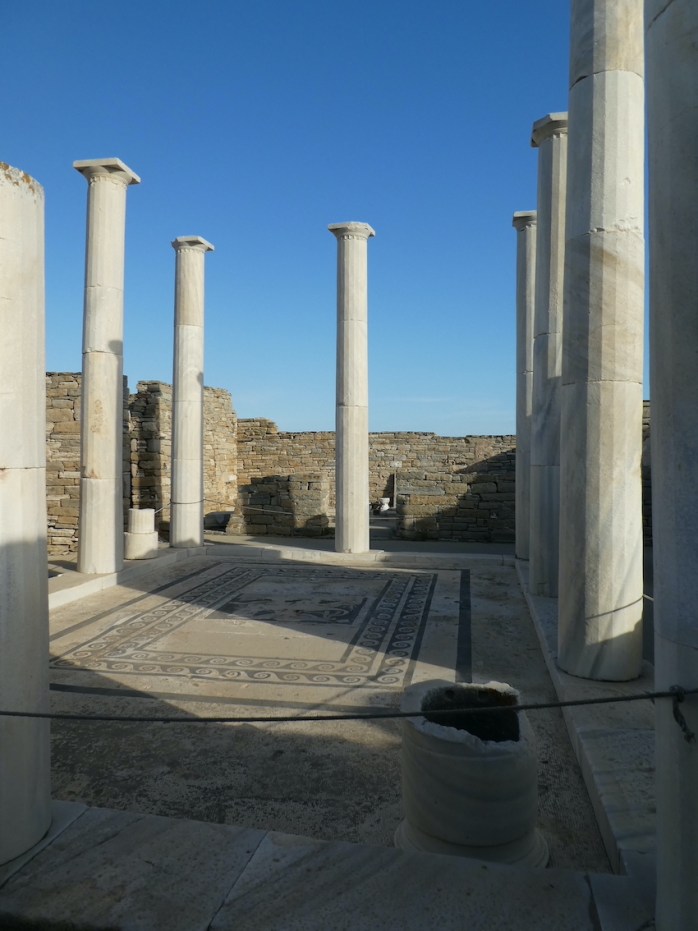
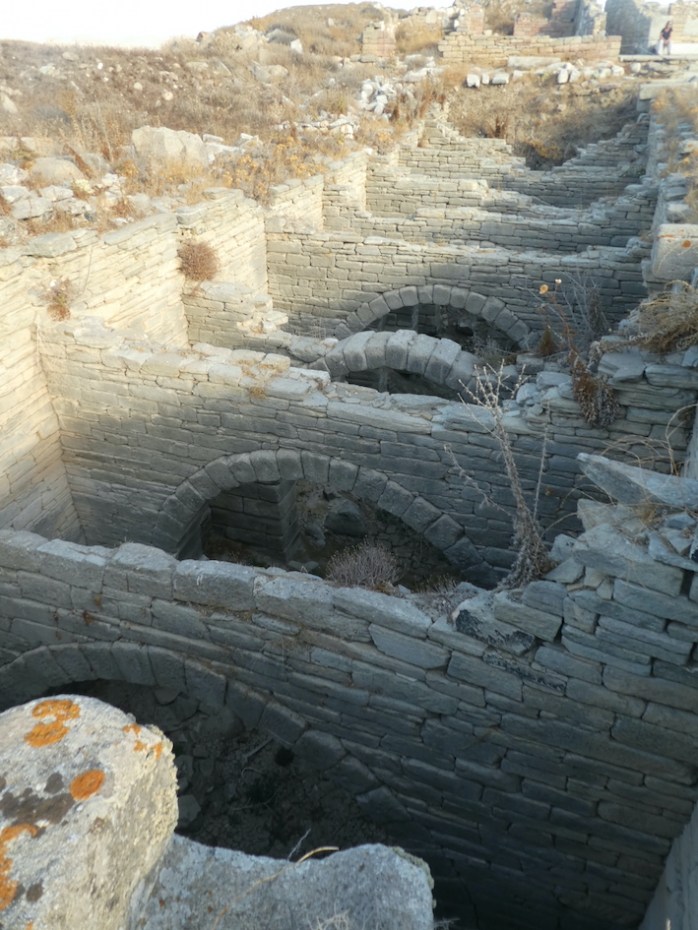
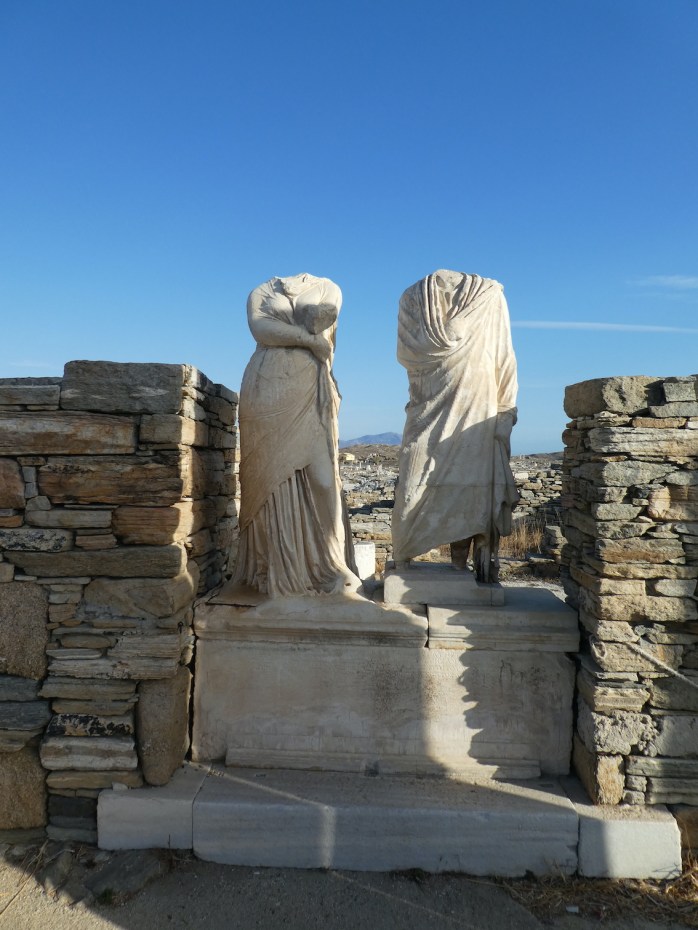

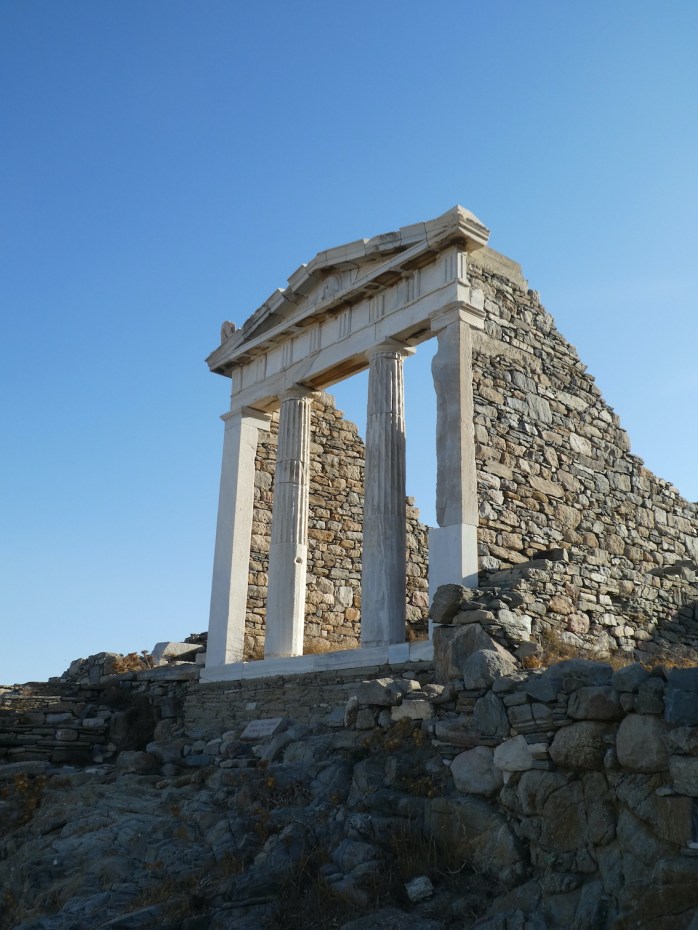
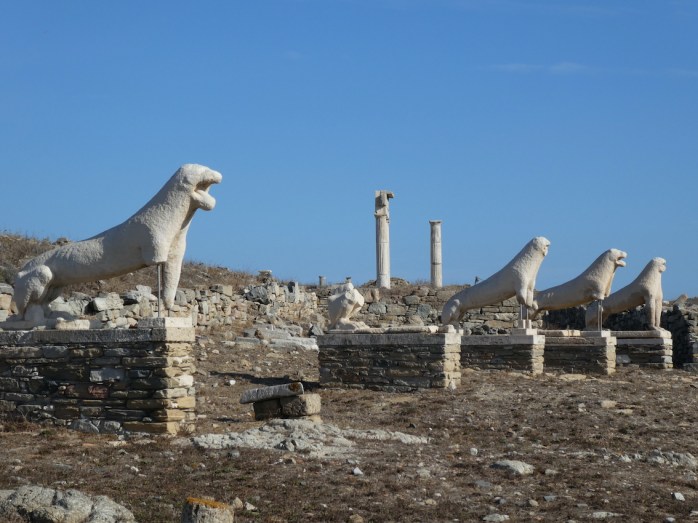

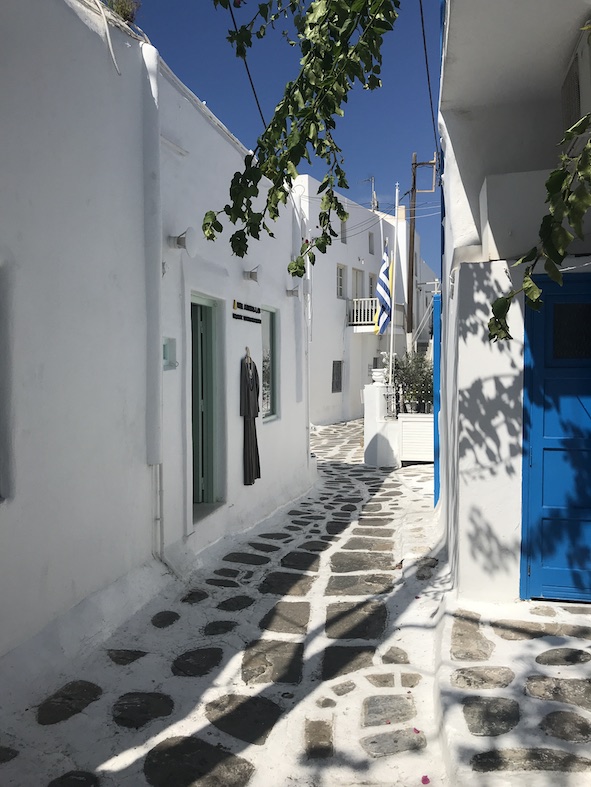

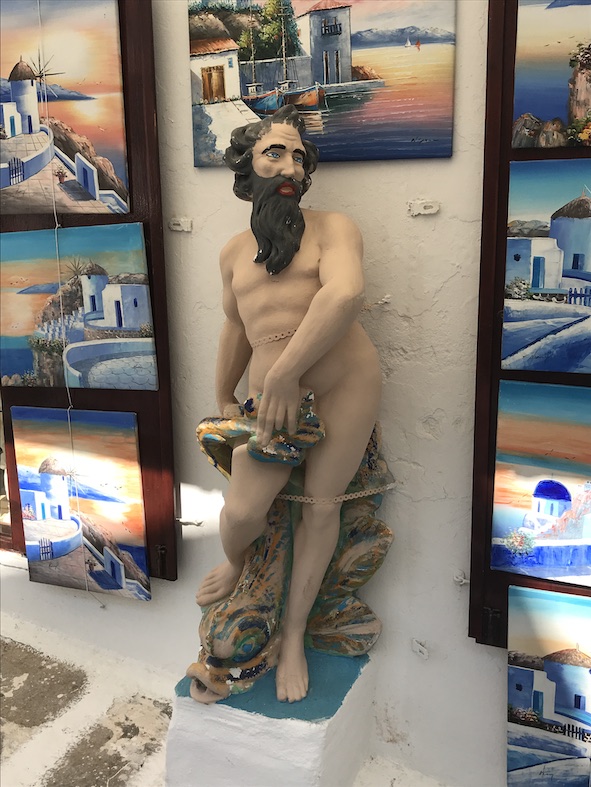
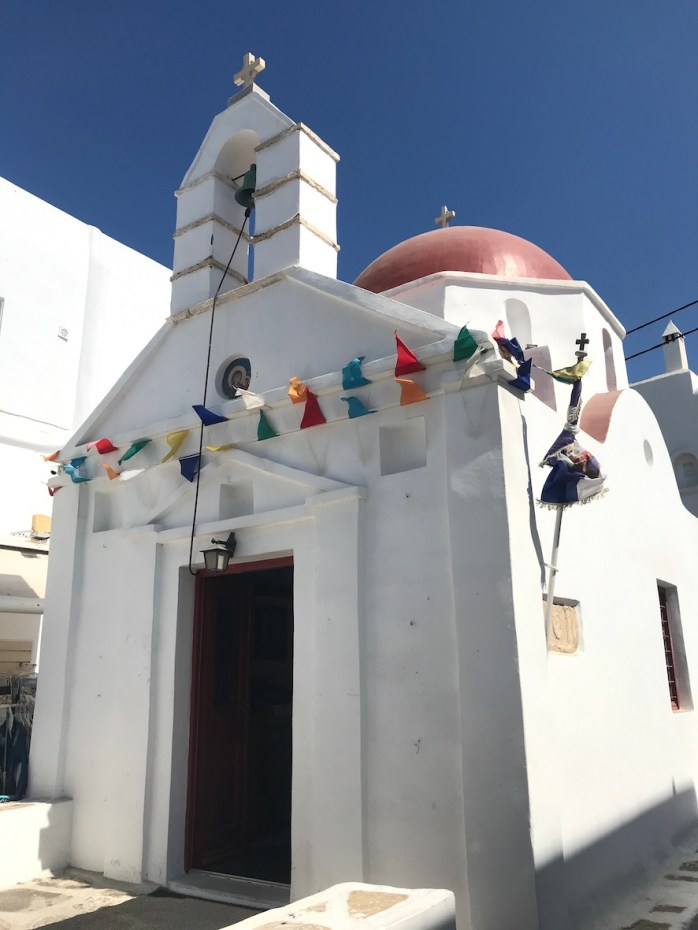

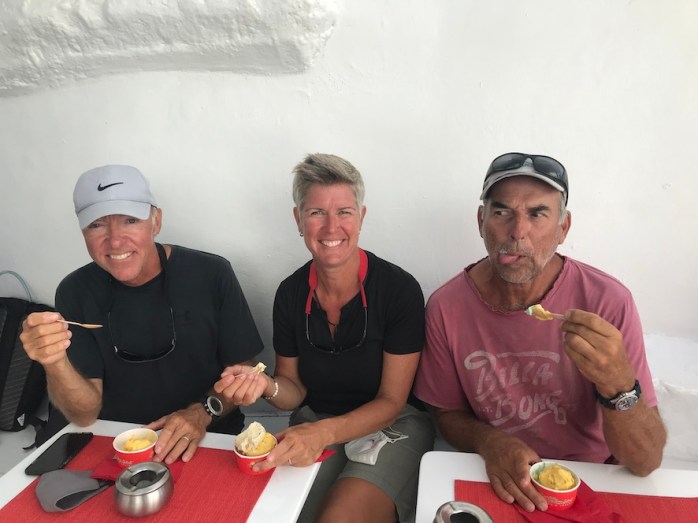

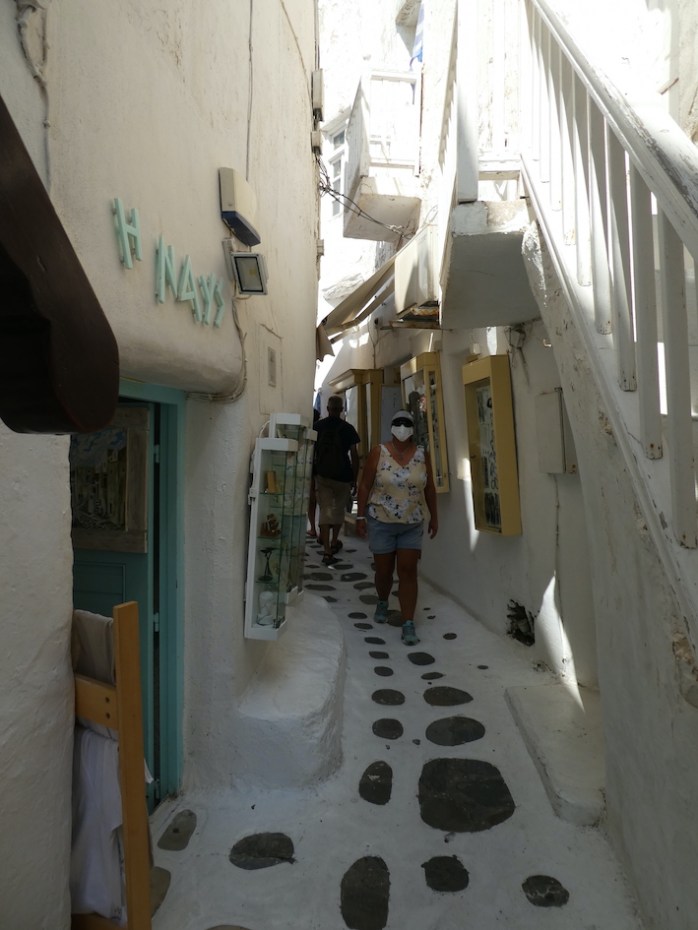
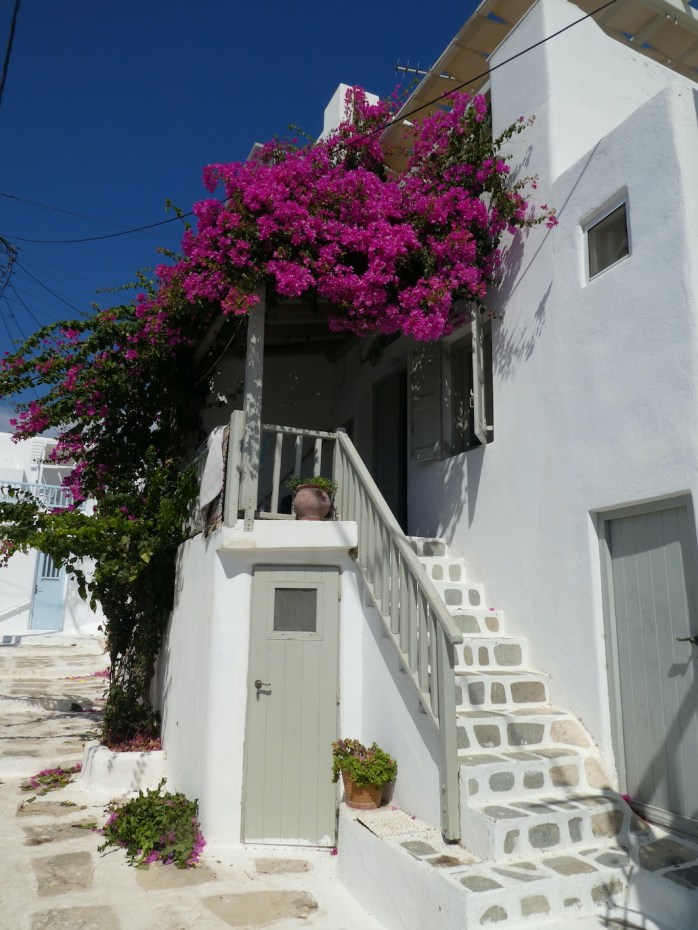

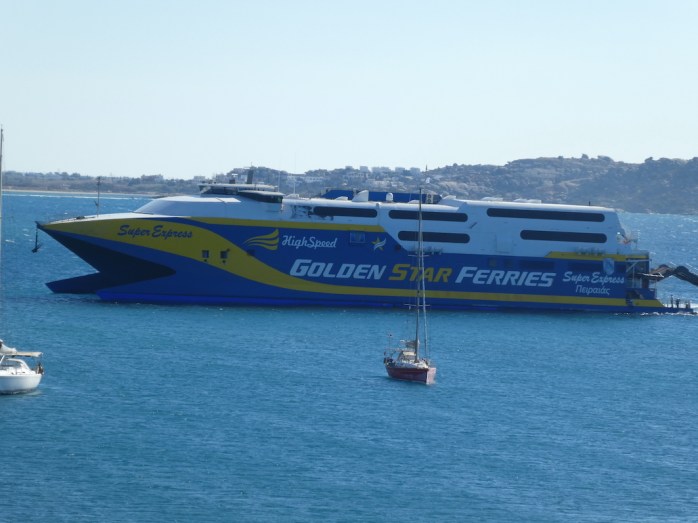

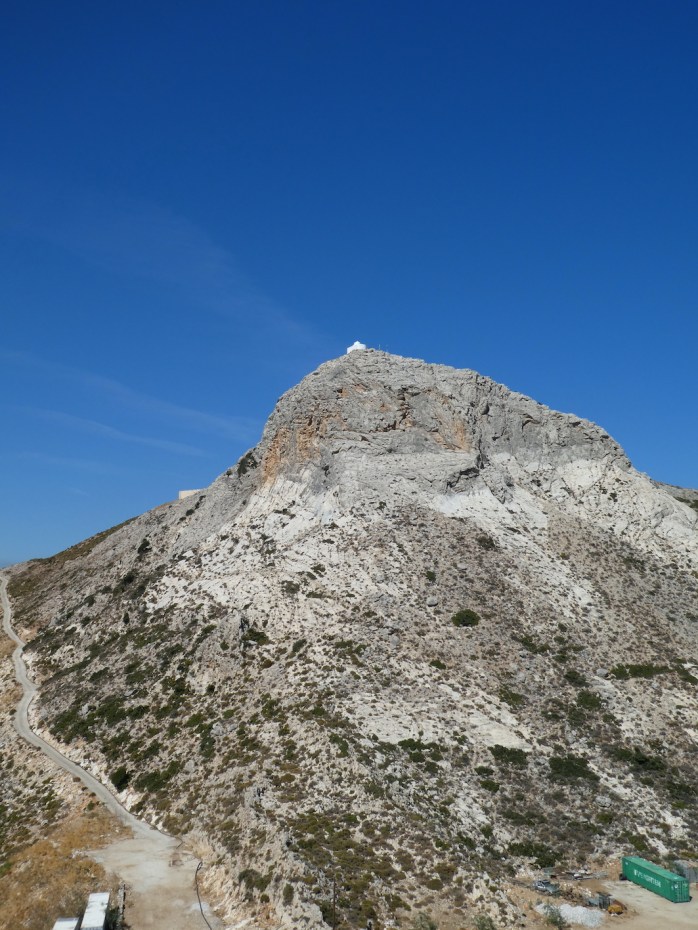
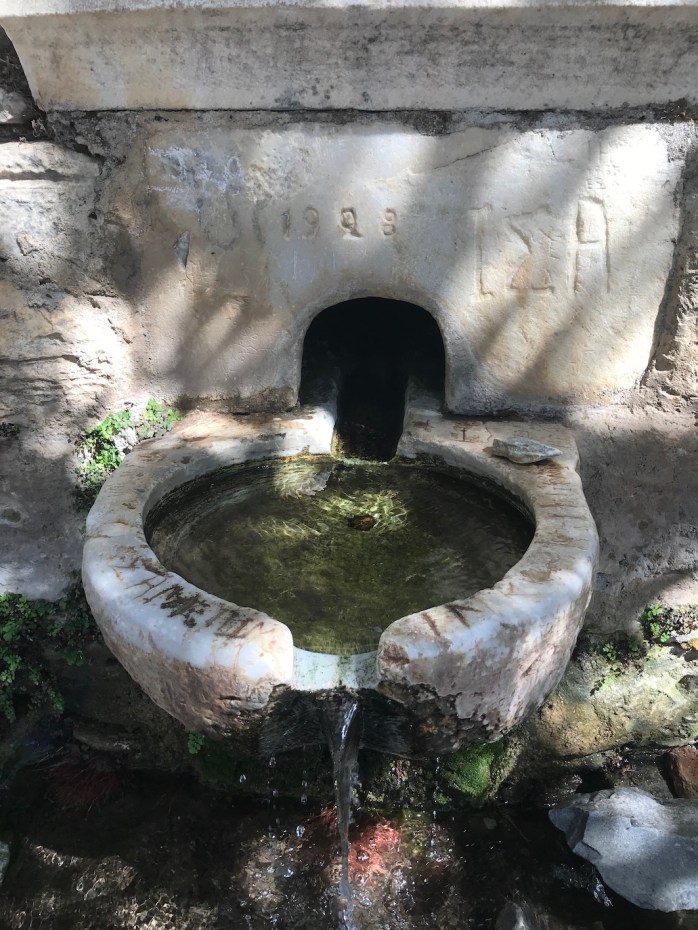
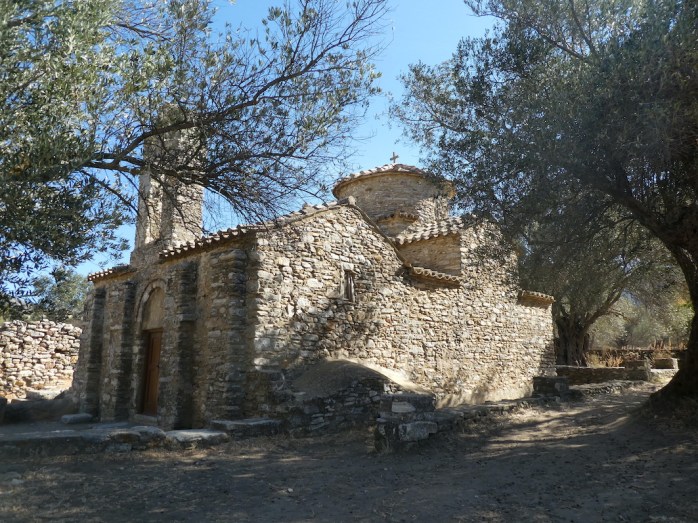
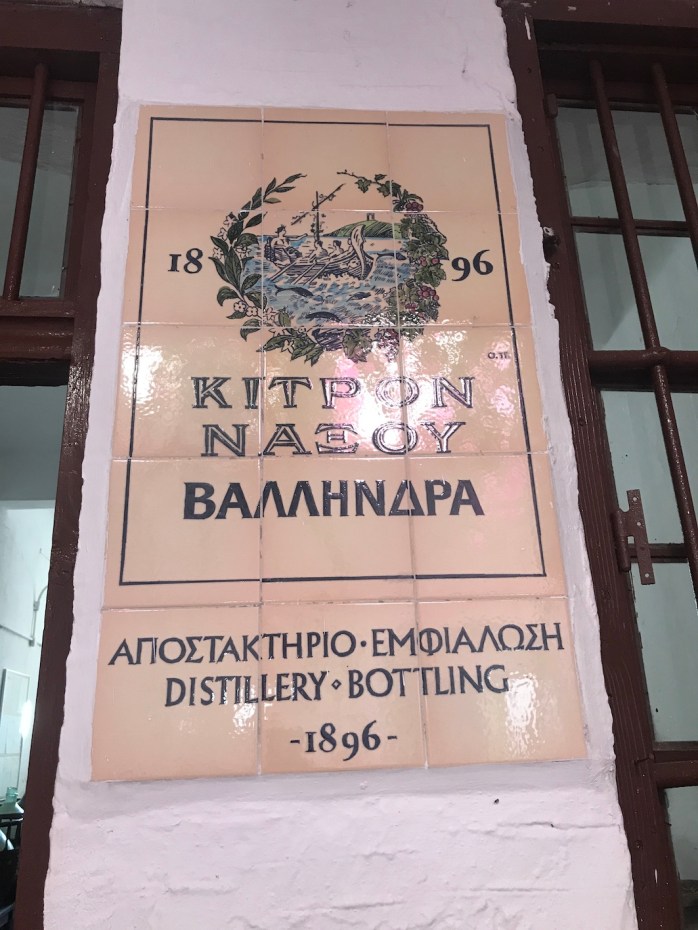

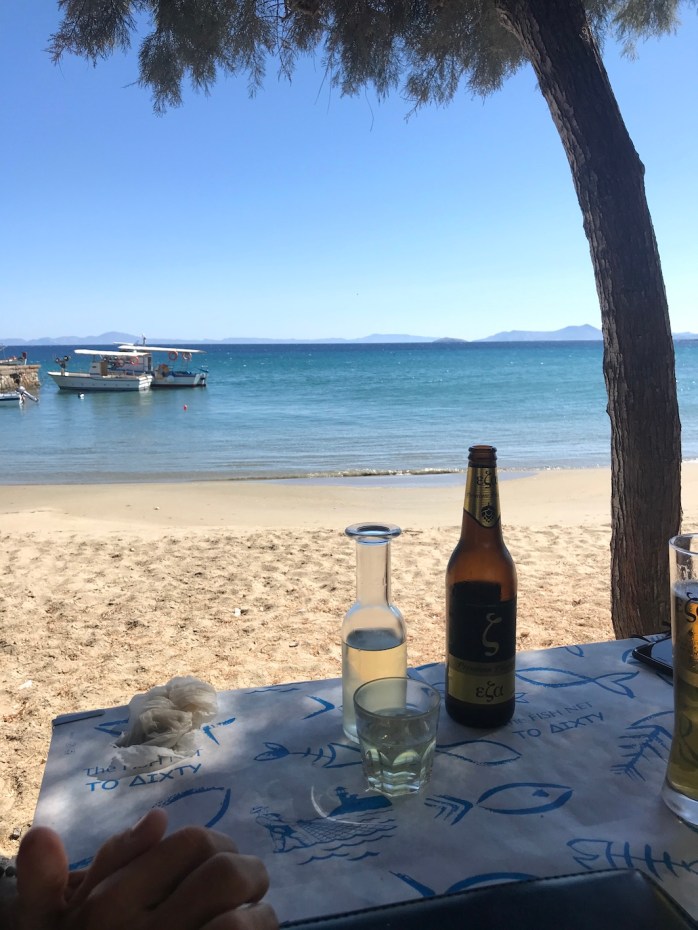
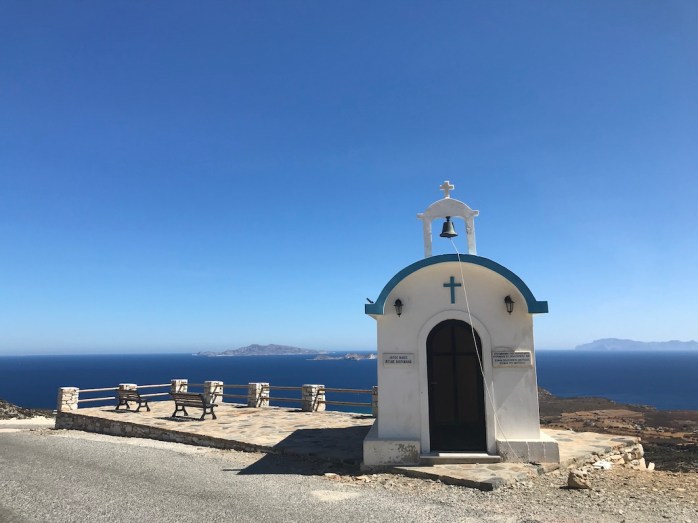
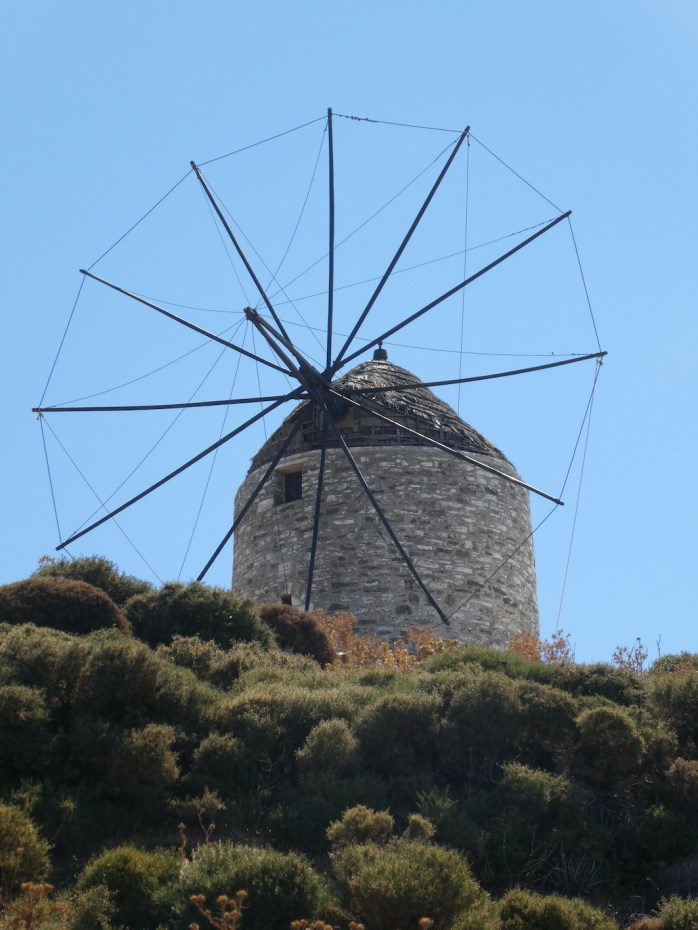


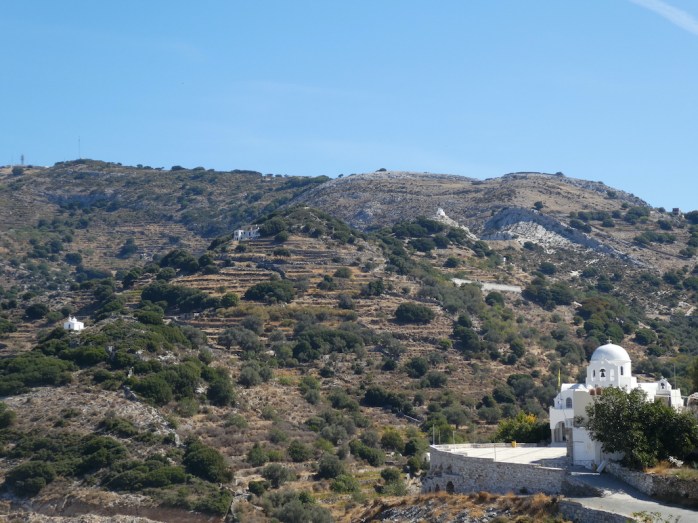

Another wonderfully descriptive blog, makes us feel like we are there with you – thank you.
You certainly explore the areas you are visiting, not just the touristy bits, and they are SO interesting. Enjoy the last few weeks of travel for 2021 and then find a safe haven for winter. All your Cornish family send their love to you both as always. Wendy & Mike
LikeLike
Thank you for the ‘trip’. I love your blog. It feels like I’ve had a little holiday after reading it.
LikeLiked by 1 person